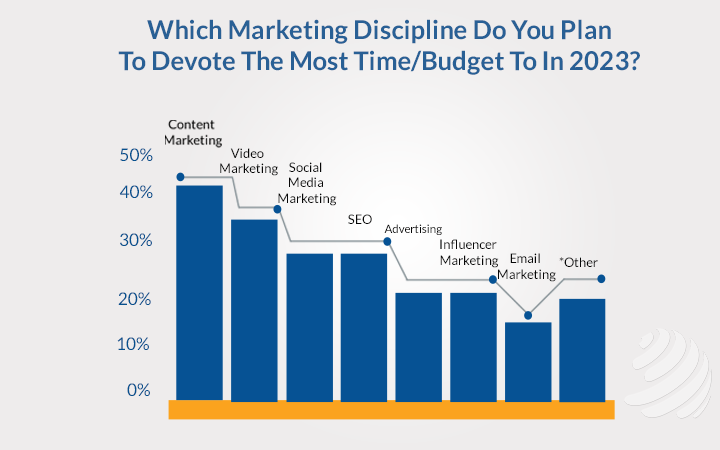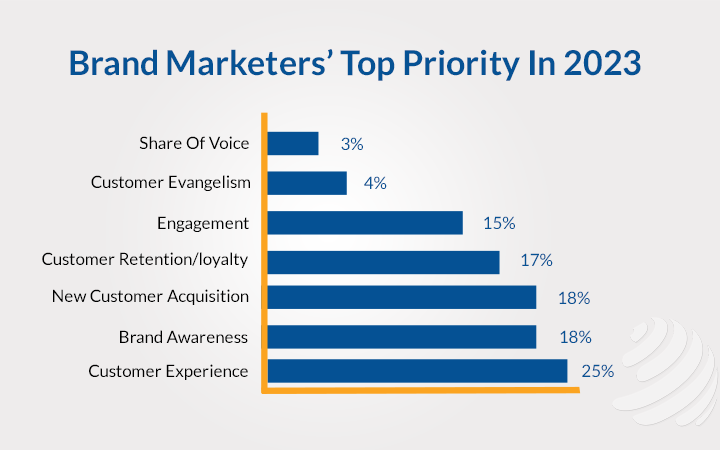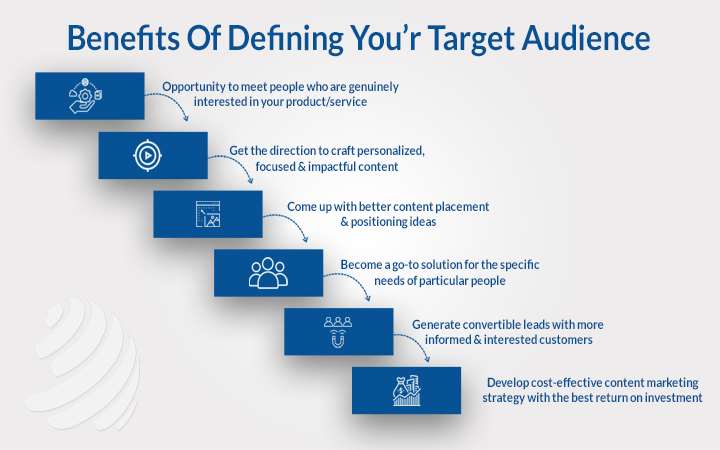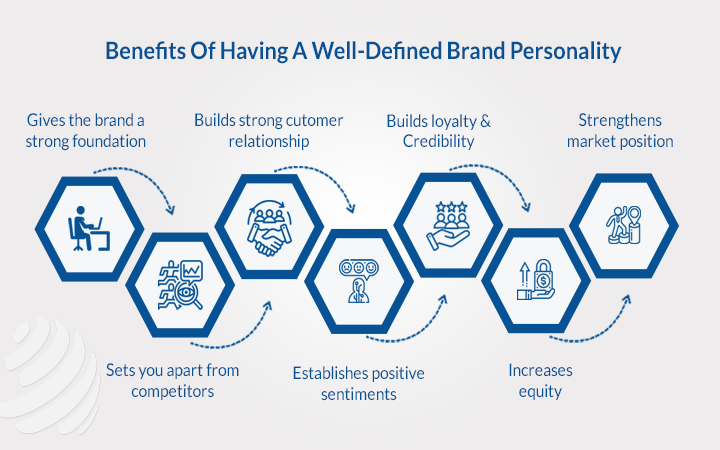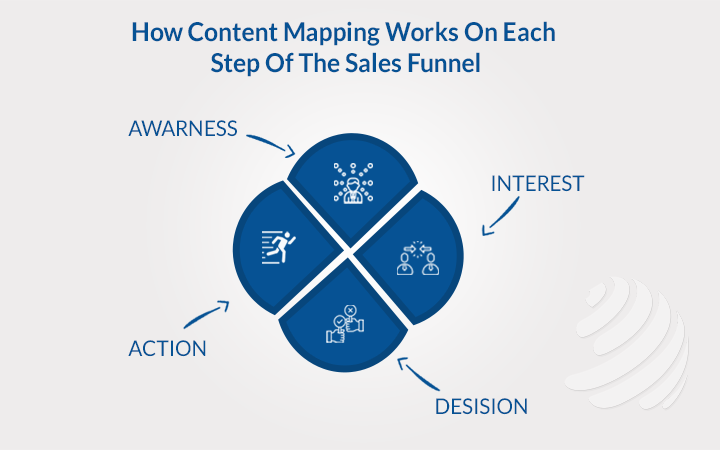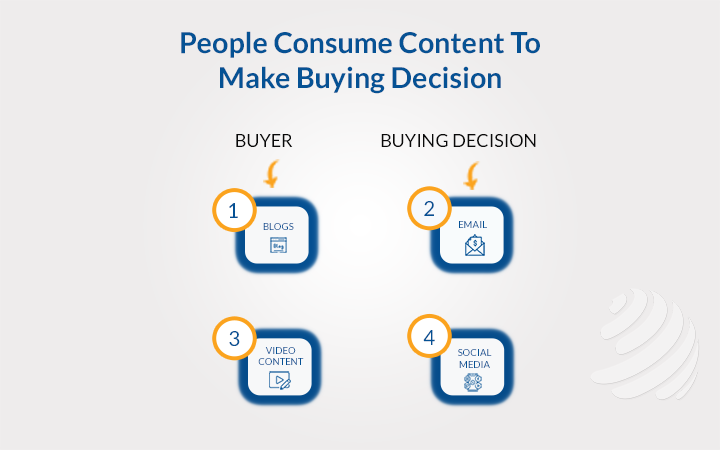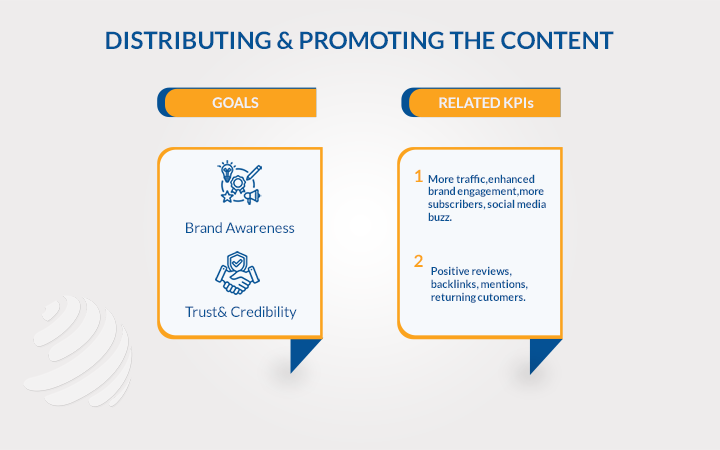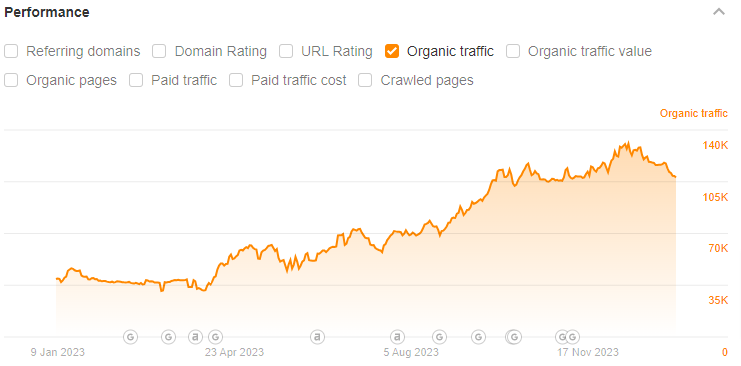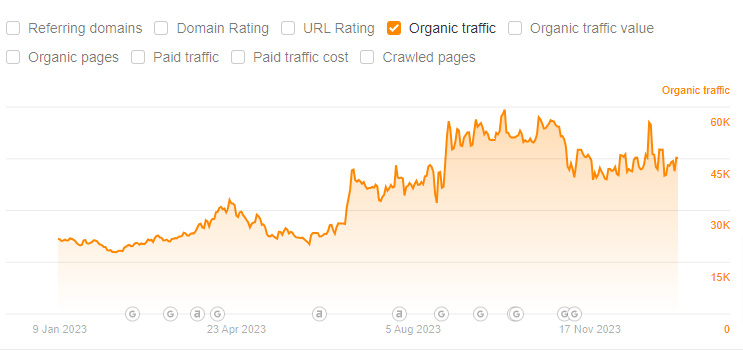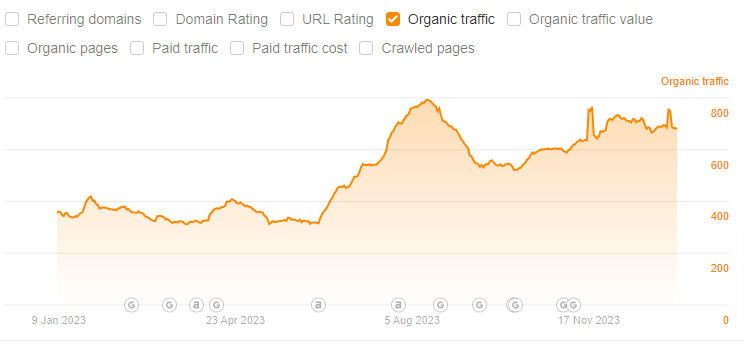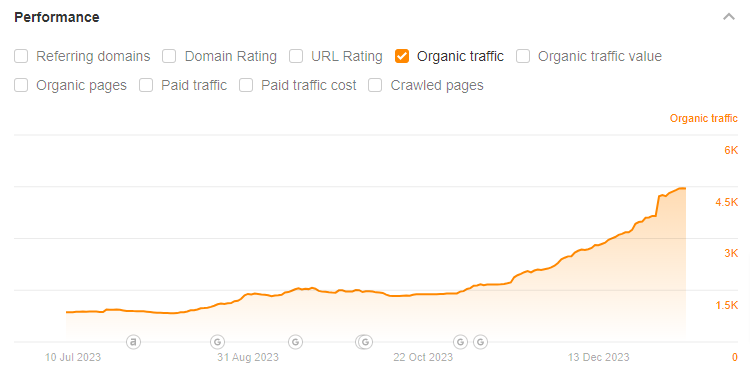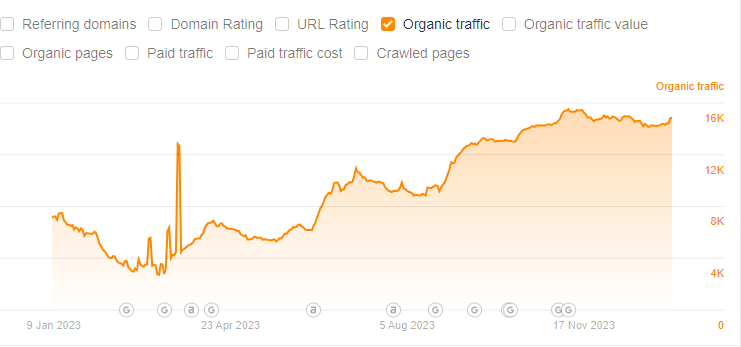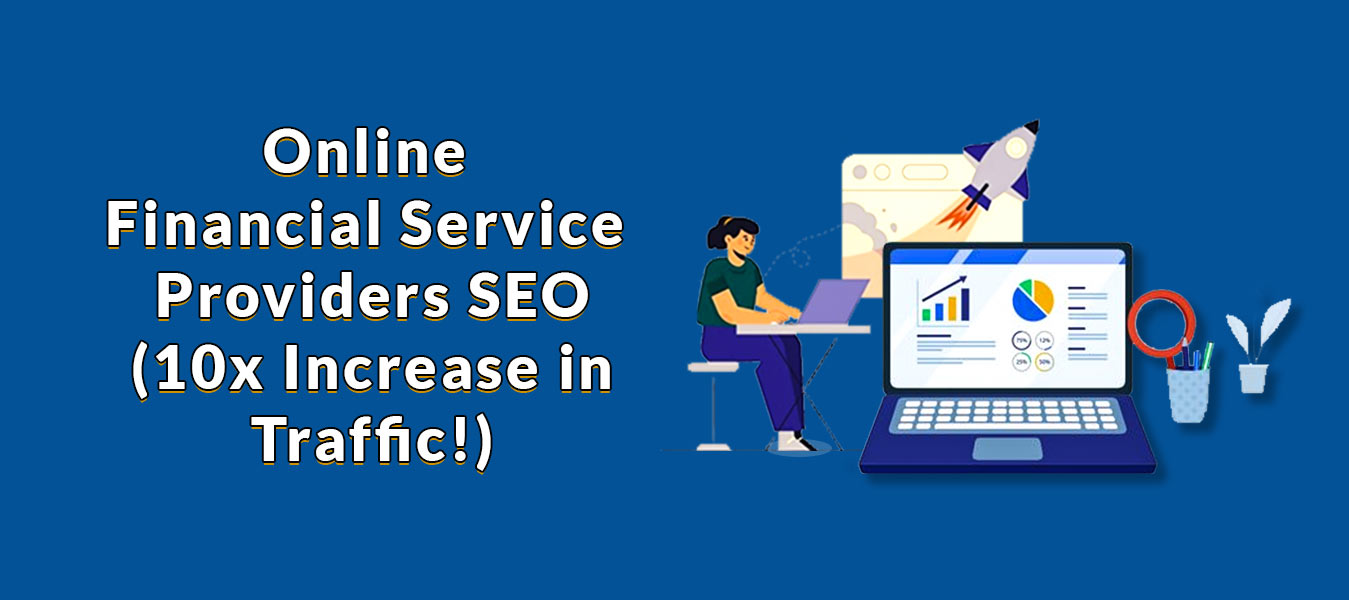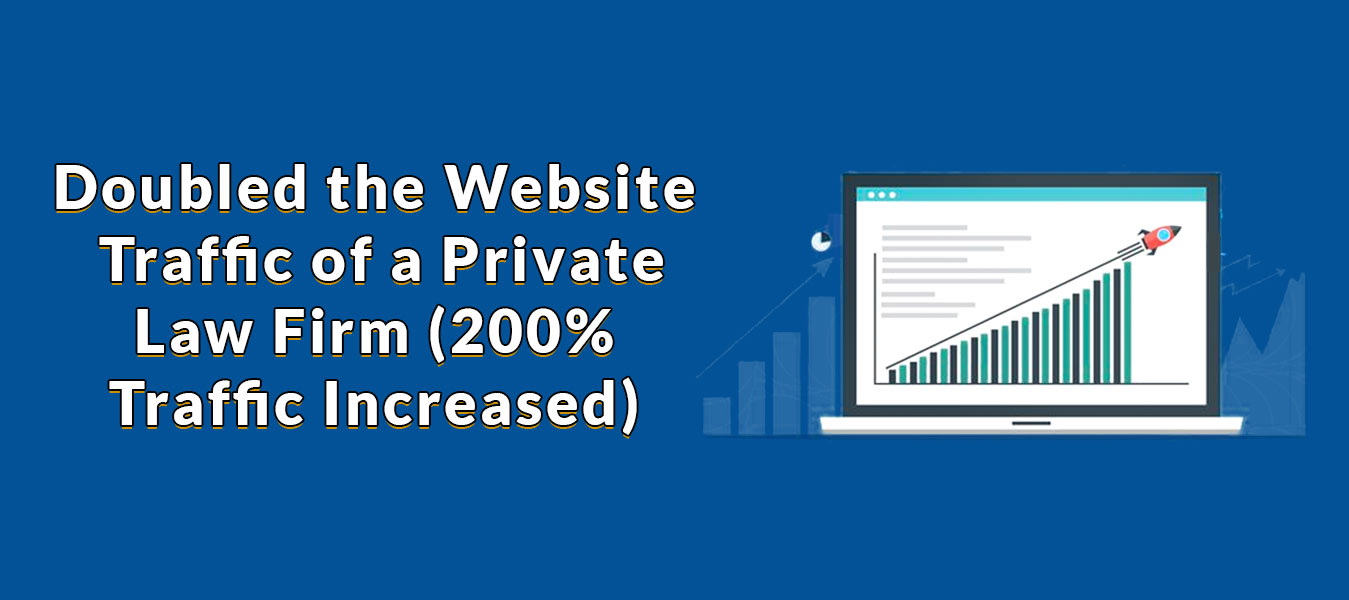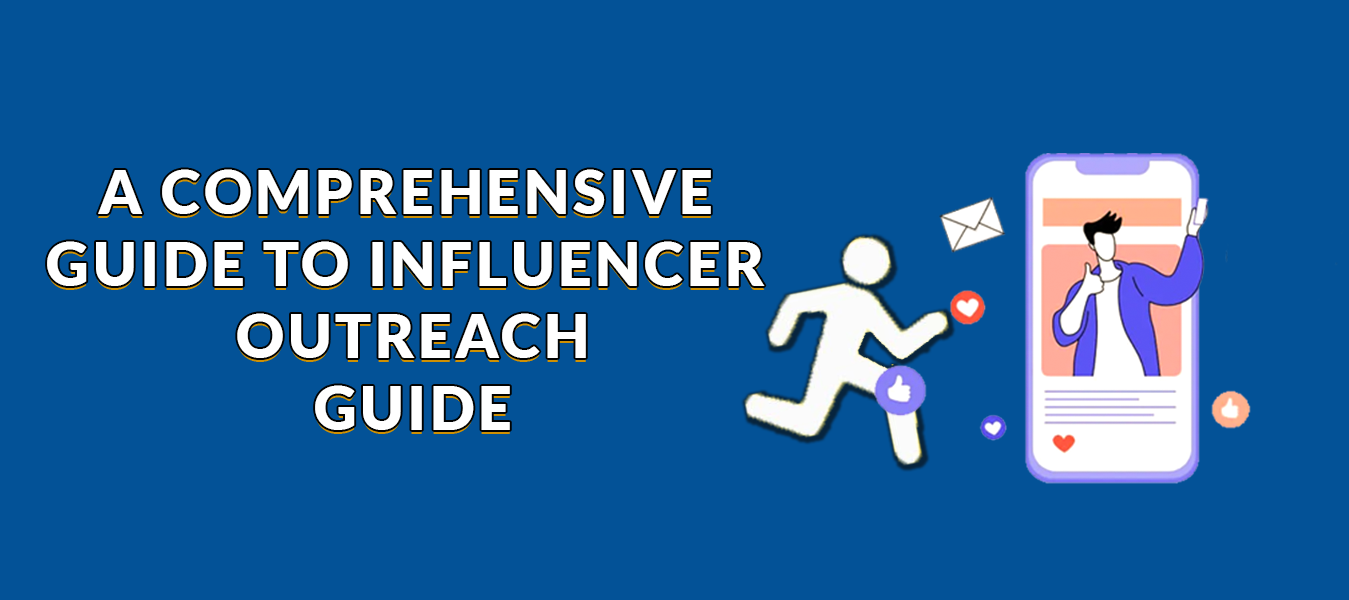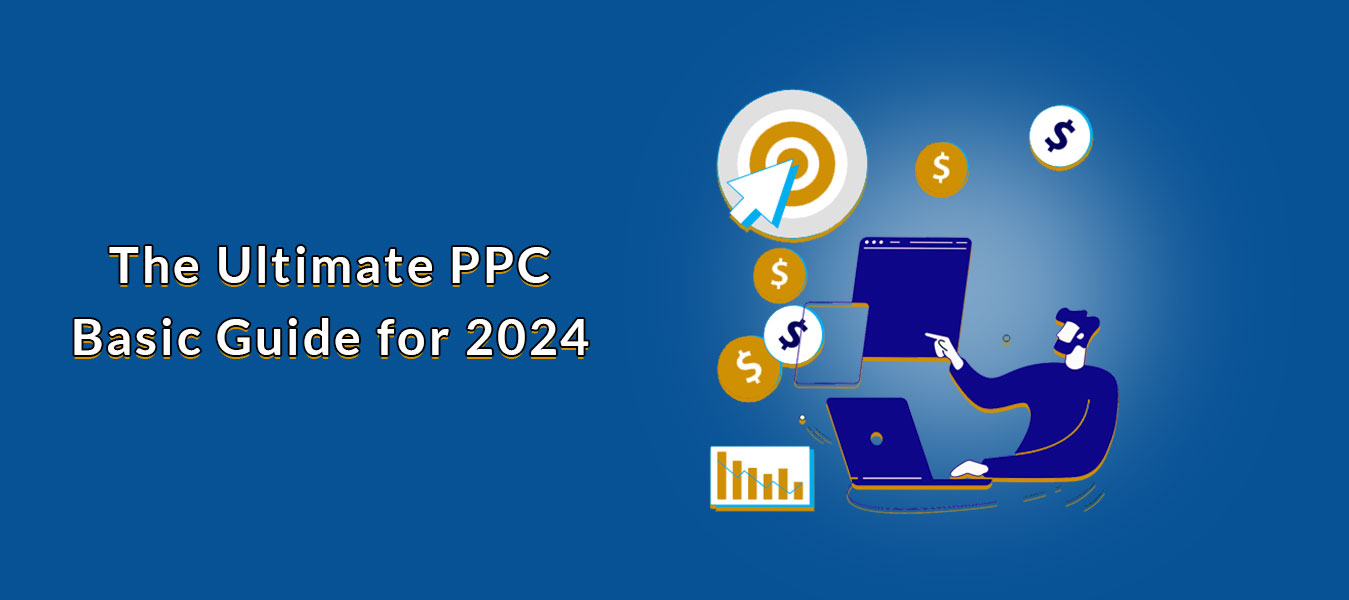In the digital world of businesses, the main reasons for using content marketing are to establish a brand presence and drive growth towards your business. To utilize content marketing to your best advantage, you will need to have a content marketing consultant by your side who can help you achieve the success you have aimed for.
30-Second Summary:
Content marketing consultants are very valuable for businesses looking to drive engagement and increase conversions. However, before you work with one, you will need to understand their role and responsibilities. Also, you will need to look for the benefits of hiring one for your business and the challenges these marketers face in the changing digital world.
Understanding the Role of a Content Marketing Consultant
Let’s first understand who a content marketing consultant really is. A content marketing specialist has a complete understanding of consumer behavior, market trends, and digital platforms. They use these insights to tailor and execute content strategies that align with your business’s objectives. This approach ensures that your business gets maximum reach, engagement, and conversion.
So, in order to devise and execute successful content marketing campaigns, a content marketing specialist should possess the following skills and qualities:
- Writing and Editing
- Research and Analysis
- Analytical and Problem-Solving Skills
- Clear Communication
- Learning and Development
So, if you are on the lookout for a content marketing consultant, be sure to find one who can analyze your content strategy, determine why you aren’t getting results, and then adjust the strategy to your best advantage.
Responsibilities of a Content Marketing Consultant
-
Researching Market and Target Audience
Researching the market and target audience is one of the most important tasks a content marketing consultant has to do. Before making a content calendar and strategy, they will thoroughly research the current business market and target audience by using the techniques mentioned below.
-
Conducting Thorough Market Research
The most important responsibility of a content marketing consultant is to research the market by exploring industry trends, competitors’ strategies, and the changing market needs.
In terms of industry trends, they will examine current trends and future predictions within the industry that are going to affect your business. Also, they will examine your competitors’ strategies to identify successful approaches and how to uncover gaps to capitalize on these approaches.
In this context, they will need to utilize analytical tools to gather data and then analyze this data to gain direct insights into the preferences, pain points, and expectations of your customers and competitors.
-
Researching Your Target Audience
Researching your target audience needs a detailed buyer persona that will help the marketing content specialist get insights into your marketing strategy. To do this, they will need to collect data on various factors, including age, gender, location, and the income of your target audience to build a clear demographic profile.
Along with the demographic factors, the content marketing consultant will also get insights into behavioral patterns, interests, motivations, and challenges faced by the audience so they can work towards minimizing these challenges.
This enables them to categorize the audience into several categories and then tailor the content marketing strategy to suit different categories.
-
Determine Your Brand Persona
Most businesses undermine the significance of establishing a clear brand personality. It takes more than having a logo, setting a color palette, and a website to turn a business into a brand that stands out. Brand personality is something like hypothetical human characteristics consumers attribute to a brand’s name.
A content marketing consultant will help you build a relationship with your audience and make your business come out with its true colors to connect with your target audience and potential customers. If you don’t know much about brand persona, here’s an example of Apple Inc.
Apple has a clear brand personality that is associated with sophistication and class. Whenever you hear about this brand, the first impression that comes to your mind is of a classy thing that oozes sophistication and grace.
In fact, Apple used this point effectively in its ‘Switch to iPhone’ campaign. It was all about why Android users should switch to the iPhone.
There are many benefits to defining your brand personality. Some of these are:
- Building, maintaining, and sustaining a strong foundation of the brand
- Giving direction to set you apart from your competitors
- Enhancing consumer engagement to build a strong relationship
- Establishing a favorable attitude towards the brand
- Creating brand loyalty and increasing the satisfaction level
- Increasing brand equity with positive customer views
- Helping to take on a better marketing position
-
Development of Content Strategy
After the consultant content marketing has thoroughly researched your audience and target market, they will create a comprehensive content strategy that is aligned with your business goals. To do this, they will first need to establish achievable goals that align with the company’s broader objectives.
Then, they will come up with content that aligns perfectly with the sales funnel and tailor it to different stages of the buyer’s journey to drive conversions. During this process, they will also need to perform a SWOT analysis of your organization to determine what weaknesses and opportunities are there to address.
Once the content strategy has been developed, they establish different KPIs to measure the success of the strategy. These indicators usually involve specific metrics such as traffic, engagement rates, lead generation, or sales attributed to content efforts.
-
Content Creation and Management
Content creation and management is also what a content marketing consultant does. They collaborate with writers, designers, and multimedia specialists to create cohesive content. Moreover, they will provide the content creation teams with the guidance and feedback needed to maintain brand consistency and quality across all content types, including blogs, infographics, videos, and podcasts.
This is where your brand persona will be helpful. A competent content marketing consultant will make sure to uphold brand standards in tone, language, visuals, and overall messaging across all content. This is done by implementing a review system to ensure accuracy, relevance, and alignment with brand values.
The content marketing specialist job doesn’t end here. Once the content is created or in the creation process, they also conduct thorough checks for grammar, accuracy, and relevance to ensure the content’s relevance and quality.
-
Distributing and Promoting the Content
-
Content Distribution
Content distribution across relevant channels also falls on the content marketing consultant’s part. To do this, they implement different content distribution strategies, including SEO optimization, social media, email marketing, and partnerships.
During SEO optimization, they incorporate relevant keywords and meta tags, and optimize content for search engine visibility. While in terms of social media, they develop content tailored to each platform’s audience and engagement dynamics.
To distribute the content on different platforms, a content marketing consultant will tailor it for various channels, which will result in modified content across different formats, including short-form, long-form, visual, and interactive.
-
Content Promotion
The content marketing consultant will need to ensure the content is easily discoverable and valuable to both search engines and users. To do this, they will be focused on creating content that encourages interaction, shares, and user-generated insights.
While there are free ways to promote content, content marketing consultants also run targeted advertising campaigns across platforms to reach a wider audience.
These ad campaigns and other promotions are carefully monitored and tracked to then make data-driven decisions that will boost your business’s reach and help it achieve the goals it aims for.
Benefits of Working with a Content Marketing Consultant
-
Expertise and Specialized Knowledge
An experienced B2B content marketing consultant stays updated with industry shifts, which allows them to implement the latest trends and best practices into content strategies. Moreover, they have expertise in various areas like SEO, content creation, analytics, and strategy development.
All of this expertise and diverse knowledge help them approach content marketing in the best possible way. With this experience, they can bring external perspectives and fresh ideas to the table, which helps them approach content creation and distribution in an innovative way.
-
Time and Resource Efficiency
When you hire a content marketer for a content marketing specialist job, it allows you to focus on your primary operations and get the work done by an experienced professional. This ultimately eliminates the need for a full-time, in-house team, which reduces your staffing expenses.
Content marketing consultants manage all the content creation for you, which then allows you to focus on your core competencies.
-
Increased ROI and Effectiveness
When content marketing consultants create content strategies focused on a specific target audience, it increases the likelihood of higher customer engagement and conversions. This ultimately provides you with improved ROI over time.
They can also adapt the content marketing strategies based on performance analysis, which leads to more effective content marketing campaigns for your business.
Challenges Faced by Content Marketing Consultants
-
Keeping Up with Rapidly Changing Trends
As the digital marketing landscape continues to evolve, it is somewhat challenging for content marketers to ensure their content remains visible and relevant. Each day, content marketers need to adapt their strategies to changing customer behaviors, such as evolving content consumption patterns or platform preferences.
Moreover, there are new tools and technologies content marketers have to master every day. All these things have added to the challenges for content marketing consultants.
-
Balancing Creativity with Optimization
Due to the latest search engine updates, it is very difficult for content marketers to balance the need for keyword optimization and technical SEO with the creation of useful content that actually resonates with the audience.
These updates have also made it difficult to ensure proper balance between producing sufficient content volume and maintaining high-quality content that is helpful for readers.
Moreover, content marketers often have to overcome their creativity due to specific brand guidelines, industry regulations, and audience expectations.
-
Client Expectations and Communication
Most of the time, content marketing consultants need to address the varying goals, preferences, and visions of different clients or stakeholders. In this context, it can be difficult for them to align client expectations with realistic outcomes and manage communication around these expectations.
To overcome these challenges, content marketers need adaptability and strong communication skills. This will be necessary to deliver result-driven and customized campaigns to your clients.
Conclusion
In short, the role of a content marketing consultant is important in driving your brand’s success. With their experience in, they can create and execute perfect content strategies, refine brand personas, and promote content creation and distribution. Despite challenges posed by evolving trends and client expectations, these consultants remain important for businesses that are looking to drive engagement, ROI, and brand loyalty.
Frequently Asked Questions
Question 1: What a content marketing consultant does?
A content marketing consultant specializes in strategizing, creating, managing, and distributing content to help businesses achieve their marketing goals. They conduct market research, define target audiences, develop content strategies, oversee content creation, and optimize content distribution.
Question 2: How can a content marketing consultant benefit my business?
Hiring a content marketing consultant brings expertise in understanding consumer behavior, market trends, and digital platforms. They help tailor content strategies to maximize reach, engagement, and conversion, thereby boosting brand presence and driving business growth.
Question 3: What skills should I look for when hiring a content marketing consultant?
When hiring a content marketing consultant, consider their proficiency in writing, editing, research, analysis, problem-solving, clear communication, and continual learning. Look for someone with a diverse skill set capable of handling various aspects of content marketing.
Question 4: How does a content marketing consultant research the market and target audience?
Consultants do market research by analyzing industry trends, competitors’ strategies, and changing market needs. For the target audience, they develop detailed buyer personas, gathering data on demographics, behavioral patterns, interests, motivations, and challenges faced by the audience to tailor strategies accordingly.
Question 5: Why is it important to establish a brand persona, and how can a consultant help with this?
Establishing a brand persona provides your business with a distinct identity that resonates with the audience. Consultants help in defining a brand’s personality and ensure that the business connects authentically with its audience. This helps in building relationships and standing out in the market.
Question 6: What steps are involved in developing a content strategy with a content marketing consultant?
To develop a content strategy, a consultant begins by aligning goals with broader business objectives. They conduct a SWOT analysis, tailor content to the sales funnel and buyer’s journey, and establish key performance indicators (KPIs) for measuring success. This involves creating content for different stages of the customer journey to drive conversions.




